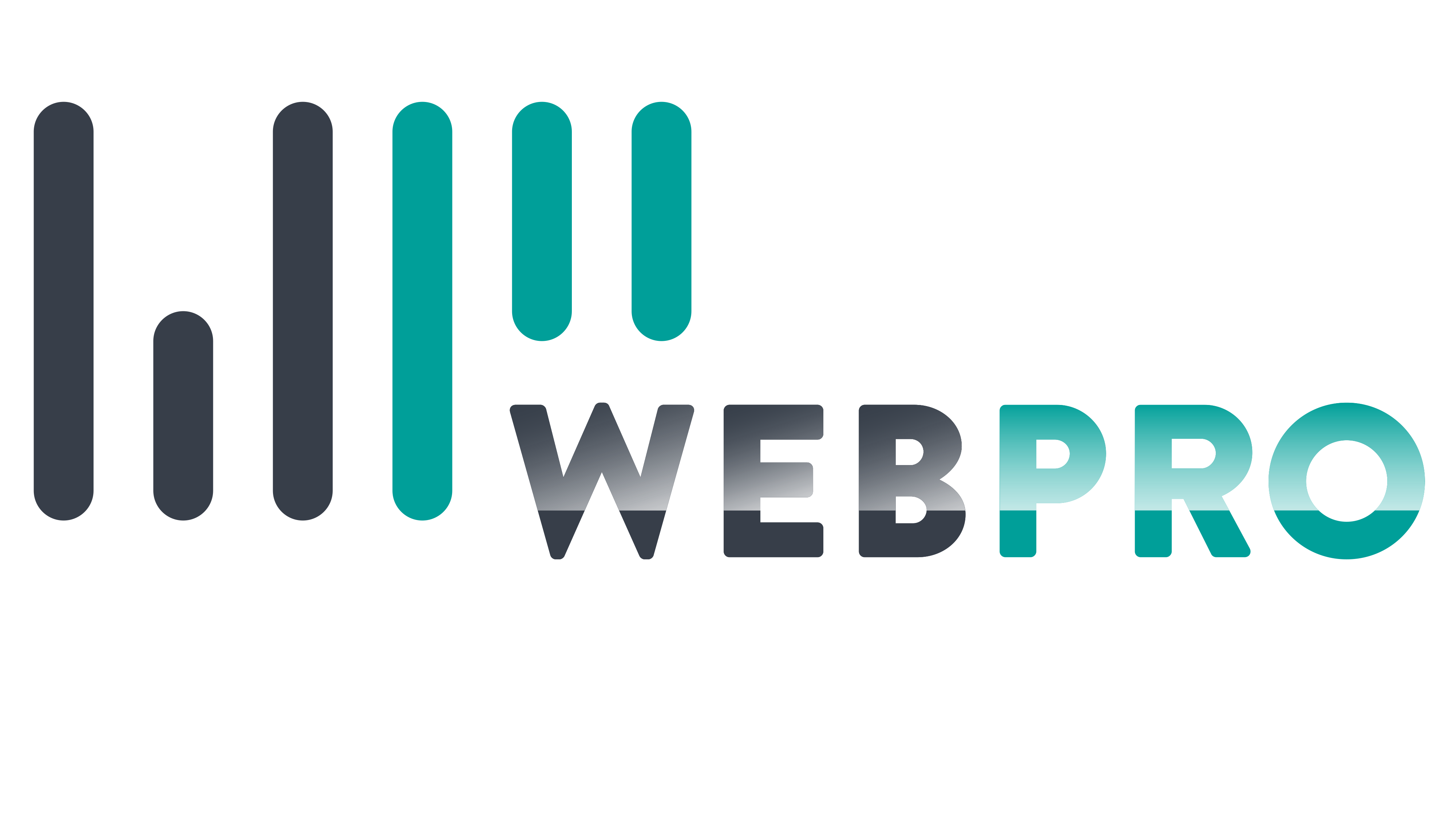When clients ask what SEO is all about, we often find ourselves trying to sum up a lot in a couple of sentences. And that’s because SEO includes four main pillars. Although the aims of these pillars are all the same, they can be widely different. For that reason, we thought it would be a good idea to concisely explain the four main pillars of SEO and where you can invest.
What is Search Engine Optimisation (SEO)?
Search Engine Optimisation (SEO) involves several processes and services to increase the number of people visiting a website. The more people who visit a website, the greater chance the website has of making a sale or receiving an enquiry.
Search engines like Google will rank website pages based on how much value they’re perceived to provide users searching relevant terms. The web pages that Google judges to be the most valuable will appear at the top of the first page of search results.
What are the main benefits of investing in SEO?
The main benefit of investing in SEO services are:
- You can organically increase website visitors
- More website visitors increase the potential for more leads and ultimately, sales
- Greater visibility online also enhances brand recognition and consumer trust
- An organic increase in visitors through SEO can have longer-term benefits compared to paid-for marketing campaigns like Google Ads
- A business that is built on organic lead generation is more stable than one that relies solely on paid marketing
What are the four pillars of SEO?
The four pillars of SEO are:
- Website technical performance
- Website content
- Website links
- Reviews
Your website’s technical performance refers to how well your website performs. For example, does it load all content and images quickly, and does it function on different devices with varying screen sizes? If your website works as it should, there is no reason for Google to penalise you.
Website content is an important pillar of SEO because Google loves relevant, informative and clear content that addresses the needs of readers. This includes the main website content and the regular content you upload as guides or blogs. The best websites create a hierarchical structure of content that creates purposeful navigation between pages and real value for the website visitor.
Website links largely refer to links that come in to your website externally, so other websites that provide a link to your’s. These could come from a multitude of places such as directories like Yell, social media platforms or from articles or blogs written by others. In simple terms, the more external links your website has, the more value it builds with Google.
Website links can also be internal like the buttons that take users from one web page to another within your website, as well as the links you place within text to send users to related pages. All links should be placed (and avoided) for the sake of the website user. Well-placed links will help users navigate the website as they need, whereas poorly considered links will cause frustration and users to leave the site for a competitor.
Google collects user reviews about your business through your online Business Profile, which is freely managed through your Google My Business Account. The reviews aren’t just considered by prospective clients; they’re also considered by Google as part of your ranking.
Do I have to invest in all four SEO pillars?
It’s usually advised to allocate some of your SEO budget to all of the pillars. But that doesn’t mean you’ll be required to spend the same amount on all four pillars. Some areas of SEO don’t require as much investment as others, and individual factors can affect the ongoing SEO investment requirements.
However, when SEO is done right with trained SEO experts, the return on investment can be highly lucrative. Just don’t expect the returns to be as quick as paid-marketing methods. SEO is a slow burn, not a sprint.
Recap: Search Engine Optimisation (SEO) is a way to make your website pages more visible on search engine result pages. It includes a wide variety of services and processes, which can be categorised into the four pillars of SEO. These pillars are technical website functionality, website content, website links and reviews. Not all elements of SEO require the same amount of investment for the best results.
WEBPRO Knows
93% of consumers start their search from a search engine. Need we say more?







